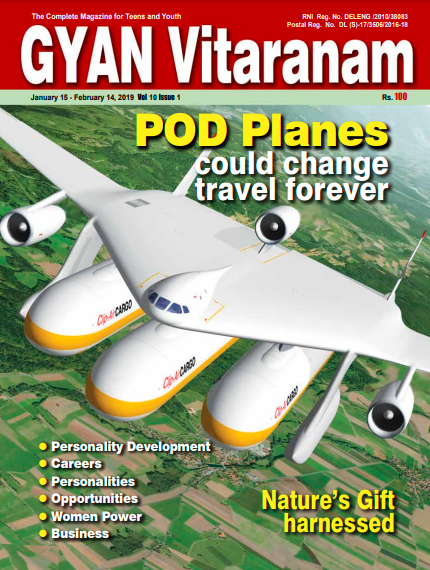When I had the privilege of meeting the first man on the moon, Neil Armstrong, after his return from the historic lunar landing in 1969, I casually asked him if the landing went off as planned.
He just smiled. We knew the answer: it did not!Only after his return was it revealed that the landing was six kilometers away from the target and that it was the result of an unexpected but critical change in command sent to Armstrong. The deviation,executed brilliantly by manual manoeuvre, turned out to be a blessing, as his simple ‘computer’ was taking him to hit a rock.
This is one of the most dramatic examples of the importance of precise gravity measurement in reaching and maintaining a desired orbit. Gravity affects the satellites near the Earth too. Also, many other forces like the air drag and even the sun and the moon affect the stability of an Earth orbit. If today ISRO’s launch capacity is widely sought....

